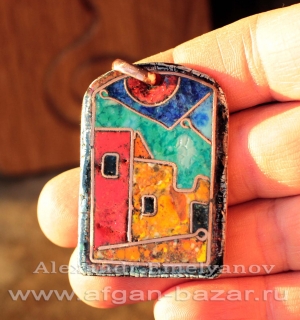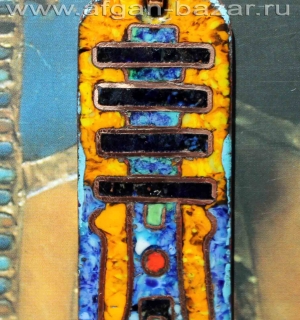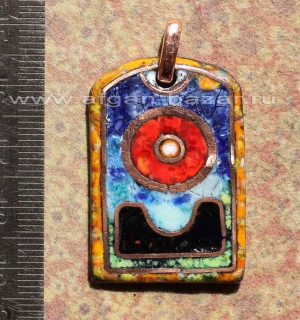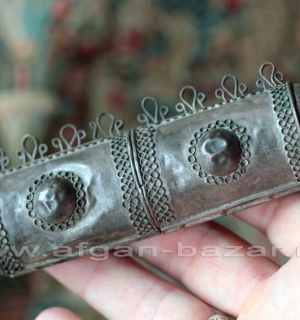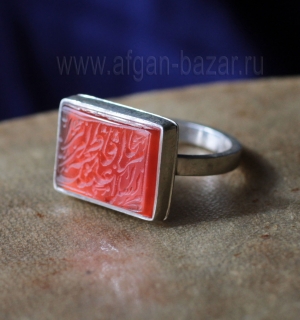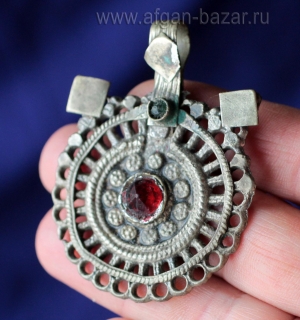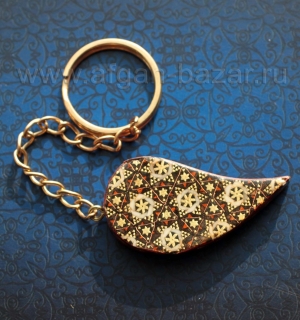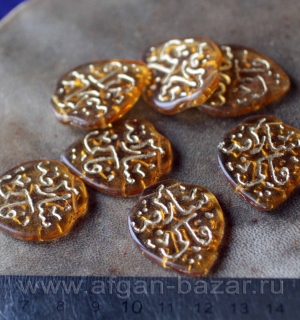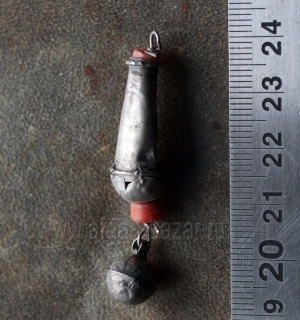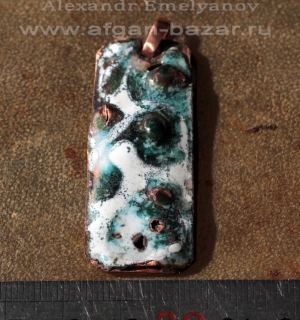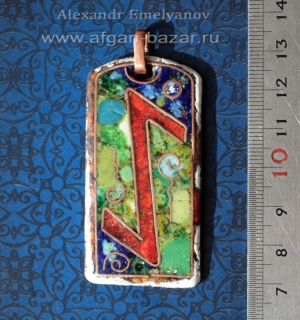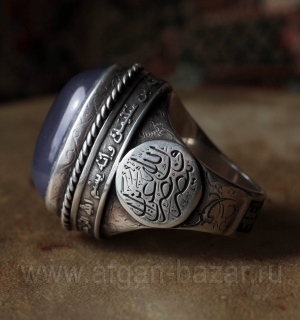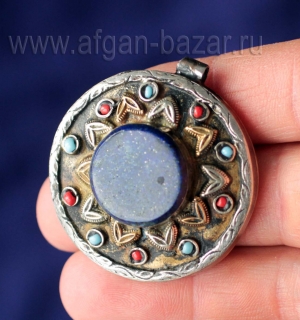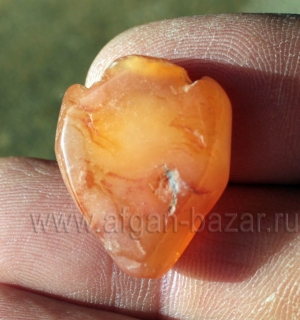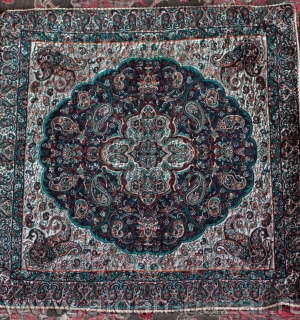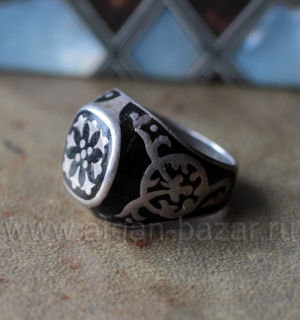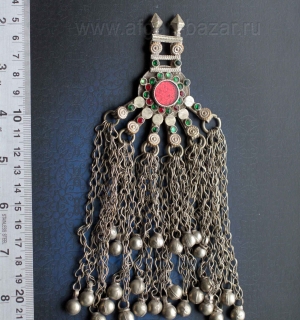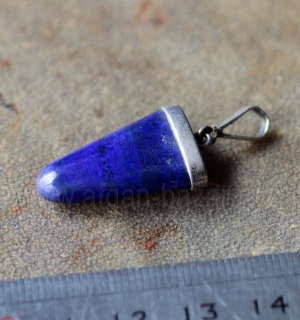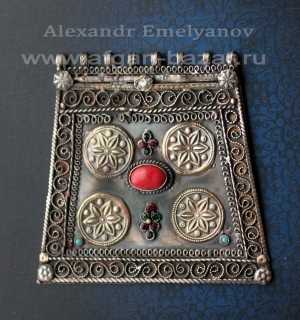В исламской традиции этот амулет иногда называют "Рука Фатимы" и связывают с памятью дочери Пророка Мухаммада Фатимой. Чаще же о нем просто говорят "Хамса" ("пять", араб.). Эзотерическое значение руки с пятью пальцами связано с "пятью столпами Ислама" - пятью обязательными для каждого мусульманина действиями, или же с обязанностью пятикратной молитвы в течение дня. Простой народ наделяет этот амулет защитными силами от дурного сглаза и злых духов. С этим же связана очень древняя традиция в странах Северной Африки и Ближнего Востока оставлять отпечатки рук на стенах домов, и особенно заброшенных помещений, чтобы там не поселились демонические сущности [3].
Этот амулет также весьма популярен среди северо-африканских евреев (сефардов), которые чаще всего изготовляли высококачественные серебряные украшения (до середины 20-го века) для ювелирного рынка на Ближнем востоке. У Сефардов этот амулет называется "Хамеш" и также связан с защитой от сглаза.
Old Tunisian Berber Silver amulet Khamsa (Hand of Fatima)
Tunis, Berber work, 19th century.
Silver (about 80-90 %), casting.
Size of the pendant - 82/50 mm (3,2/2 ").
Weight is 24 g. (1 Oz).
The amulet is made in the form of a stylized image of a hand, hence the name Hamsa (five, the palm (arab.)) or Hamesha (jewish)
This is one of the oldest kinds of amulets in the Middle East.
In Islamic tradition this amulet sometimes called the "Hand of Fatima" and is associated with memory of the daughter of the Prophet Fatima. More often about it just say "Hamsa" ("five", Arab.). The esoteric meaning of the hand with five fingers is associated with the "five pillars of Islam" - the five obligatory for every Muslim action or obligation of five times of prayers throughout the day. Ordinary people gives this amulet protective powers from the evil eye and evil spirits. This is a very ancient tradition in the countries of North Africa and the Middle East to leave hand prints on the walls, and especially the abandoned buildings that there is no settled demonic entity.




